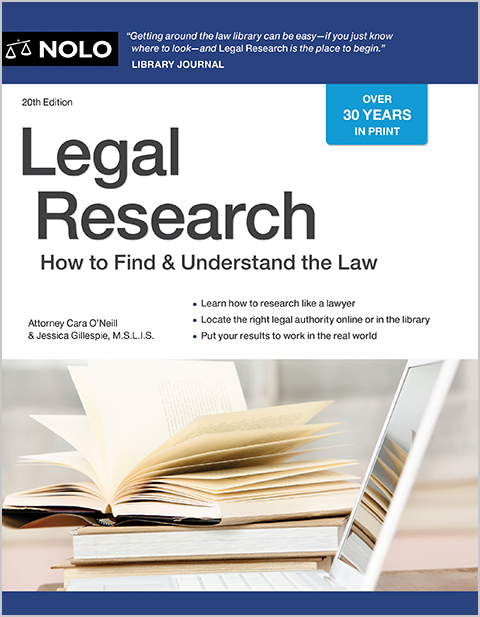Most criminal trials follow a uniform set of procedures. Here's a step-by-step guide to the process.
The many legal procedures associated with modern criminal trials have developed over centuries. States and the federal government follow a largely uniform set of procedures. (For more on these procedures, see Criminal Trials.) Assuming that the criminal trial is carried out to completion, those procedures tend to include the following.
Before the Trial
Before a trial starts, the parties will ask the judge to make decisions regarding evidence, setting the stage for trial. Another important decision will be what type of trial to have—bench or jury.
Evidence issues. The defense and prosecution request that the court, in advance of trial, admit or exclude certain evidence. These requests are called motions "in limine."
Judge or jury trial. The defense often has the right to decide whether a case will be tried to a jury or a judge (also called a bench trial). But, in some jurisdictions, both the prosecution and the defense have the right to demand a jury trial. (For more on the jury-trial right, including its limitations, see The Right to Trial by Jury.) Juries typically consist of 12 people, but some states allow for juries as few as six members.
Jury selection. If the trial will be held before a jury, the defense and prosecution select the jury through a question-and-answer process called "voir dire" (vwar deer). In federal courts and many state courts, the judge carries out this process using questions suggested by the attorneys, as well as questions that the judge comes up with on his or her own.
The Trial
The prosecution and defense attorneys will present their cases once the jury is selected or a bench trial is set.
Opening Statements
The prosecution and then the defense make opening statements to the judge or jury. These statements provide an outline of the case that each side expects to prove. Because neither side wants to look foolish to the jury, the attorneys are careful to promise only what they think they can deliver. In some cases, the defense attorney reserves opening statement until the beginning of the defense case. The lawyer may even choose not to give an opening statement, perhaps to emphasize to the jury that it's the prosecution's burden to do the convincing.
Prosecution Case-in-Chief
The prosecution presents its case to the factfinder (judge or jury).
Direct examination. The prosecutor will introduce its main case through direct examination of prosecution witnesses.
Cross-examination. The defense may cross-examine the prosecution witnesses. (Also see What are "re-direct" and "re-cross"' examination?)
Prosecution rests. The prosecution finishes presenting its case.
Motion to dismiss (optional). The defense may move to dismiss the charges if it thinks that the prosecution has failed to produce enough evidence—even if the jury believes the evidence—to support a guilty verdict.
Denial of motion to dismiss. Almost always, the judge denies the defense's motion to dismiss.
Defense Case-in-Chief
The defense presents its case in chief.
Direct examination. Similar to the prosecution, the defense introduces its main case through direct examination of defense witnesses.
Cross-examination. The prosecutor cross-examines the defense witnesses.
Defense rests. The defense finishes presenting its case.
Prosecution rebuttal. The prosecutor offers evidence to refute the defense case.
Jury Instructions and Closing Arguments
Once all the evidence is in, the parties need to agree on jury instructions and make their final arguments to the jury (or judge if it's a bench trial).
Settling on jury instructions. The prosecution and defense get together with the judge and determine a final set of instructions that the judge will give the jury.
Prosecution closing argument. The prosecution makes its closing argument, summarizing the evidence as the prosecution sees it and explaining why the jury should render a guilty verdict.
Defense closing argument. The defense's counterpart to the prosecutor's closing argument. The lawyer explains why the jury should render a "not guilty" verdict—or at least a guilty verdict on only a lesser charge.
Prosecution rebuttal. The prosecution has the last word, if it chooses to take it, and again argues that the jury has credible evidence that supports a finding of guilty.
The Verdict
For jury trials, the case will go to the jury.
Jury instructions. The judge instructs the jury about what law to apply to the case and how to carry out its duties. (Some judges "preinstruct" juries, reciting instructions before closing arguments or even at the outset of trial.)
Jury deliberations. The jury deliberates and tries to reach a verdict. Juries must be unanimous. If less than the requisite number of jurors agree on a verdict, the jury is "hung" and the case may be retried.
In a bench trial, the judge may take a case "under advisement" and take some time to render a verdict. Sometimes, the judge announces the verdict immediately.
After the Trial
A not-guilty verdict (acquittal) on all counts ends the trial right then and there. But a guilty verdict on any or all counts generally leads to more motions and sentencing.
Post-trial motions. If the jury produces a guilty verdict, the defense often makes post-trial motions requesting the judge to override the jury and either grant a new trial or acquit the defendant.
Denial of post-trial motions. Almost always, the judge denies the defense post-trial motions.
Sentencing. Assuming a conviction (a verdict of "guilty"), the judge either sentences the defendant on the spot or sets sentencing for another day.
For clear and complete explanations of many aspects of criminal law and procedure, get The Criminal Law Handbook: Know Your Rights, Survive the System, by Paul Bergman and Sara J. Berman (Nolo).

